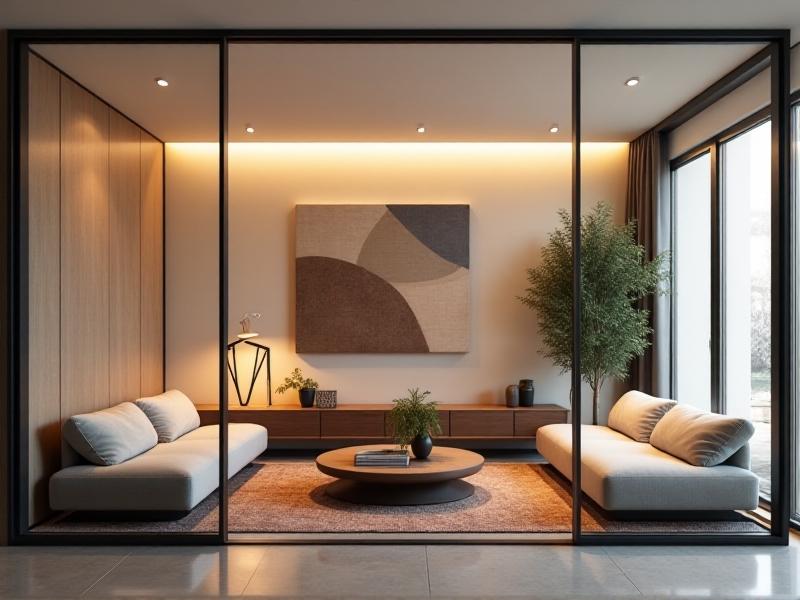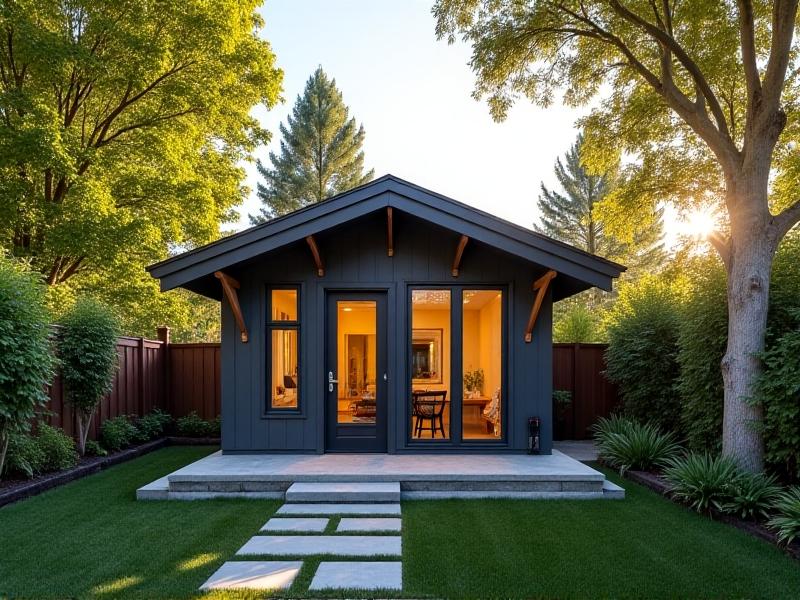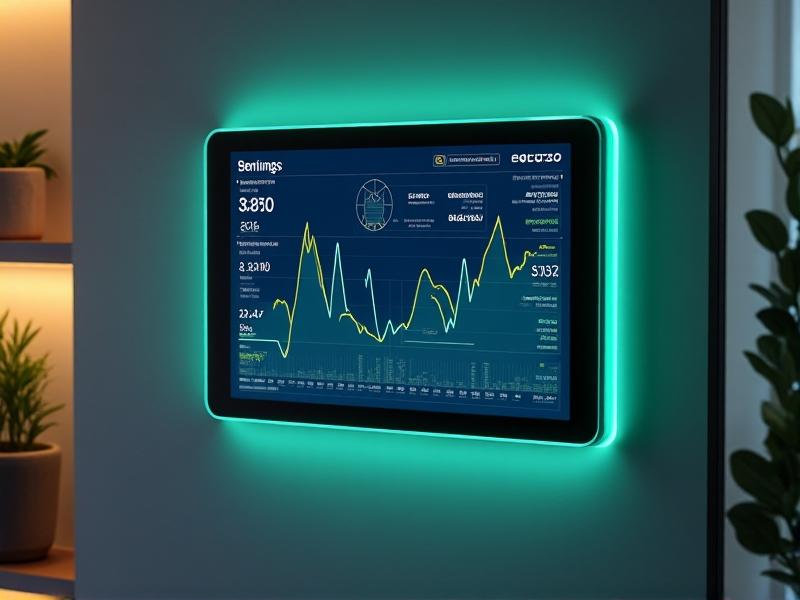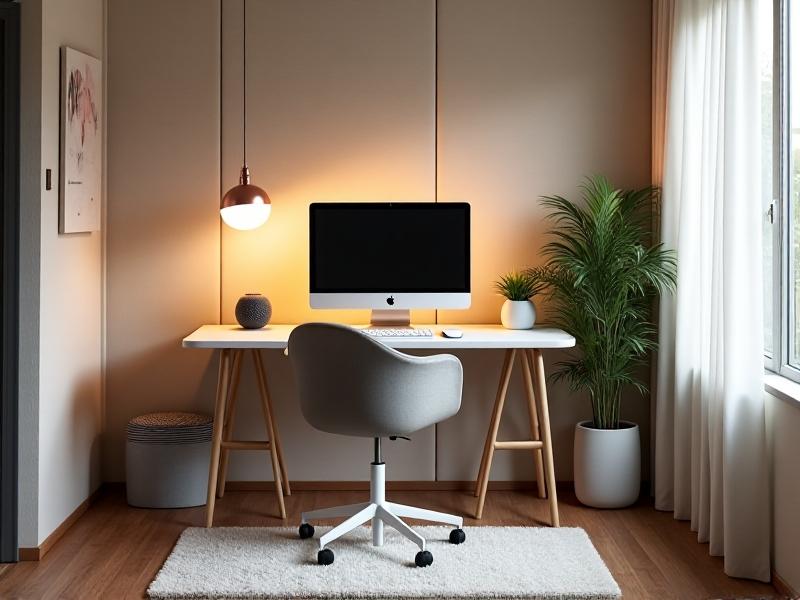Magnetic Wall Storage Solutions
The Rise of Magnetic Wall Storage in Modern Homes
As urban living spaces shrink and minimalist design trends gain momentum, homeowners are increasingly turning to innovative storage solutions. Magnetic wall storage has emerged as a game-changer, blending functionality with sleek aesthetics. Unlike traditional shelves or hooks, magnetic systems utilize vertical space efficiently, transforming walls into dynamic organizational hubs. From kitchens cluttered with utensils to home offices drowning in paperwork, these solutions offer a versatile way to declutter while adding a modern edge to any room. The surge in popularity is also driven by advancements in magnetic technology, which now support heavier items without compromising safety or style.
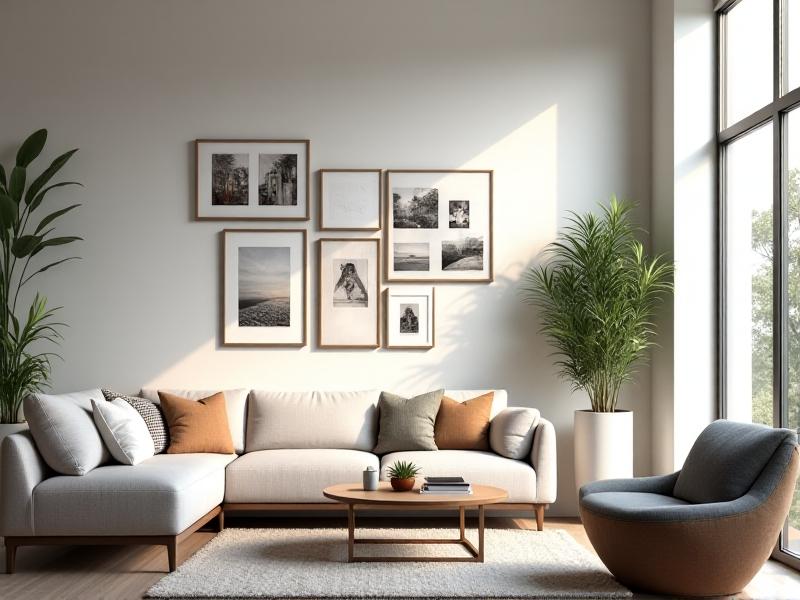
Benefits of Magnetic Wall Systems Over Traditional Storage
Magnetic walls eliminate the need for drilling, nails, or permanent fixtures, making them ideal for renters or those who love to redecorate frequently. They provide unmatched flexibility—items can be rearranged in seconds, adapting to changing needs. For families, magnetic boards in playrooms keep toys off the floor while encouraging creativity. In workshops, they securely hold metal tools within easy reach. Additionally, magnetic surfaces reduce visual clutter by keeping essentials visible yet organized. Unlike bulky cabinets, these systems preserve floor space, creating an open, airy atmosphere. Their durability and ease of maintenance further cement their appeal for high-traffic areas.
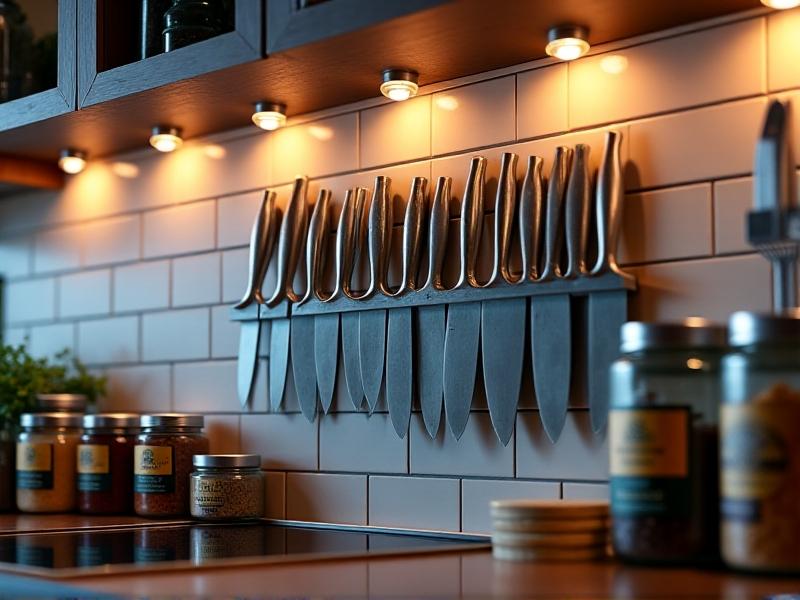
Types of Magnetic Storage Solutions for Every Room
Magnetic storage isn’t one-size-fits-all. Paint infused with iron particles turns entire walls into magnetic canvases, perfect for galleries or kids’ rooms. Peel-and-stick magnetic panels offer renters a temporary fix, while magnetic chalkboards combine message centers with storage. For offices, magnetic filing systems keep documents and notes in view. In retail spaces, magnetic displays elegantly showcase products. Heavy-duty variants with neodymium magnets support weightier items like pots or tools. Customizable grids and modular systems allow users to mix hooks, shelves, and containers, tailoring setups to specific needs. Even furniture, like magnetic coffee tables, incorporates this technology for multipurpose use.
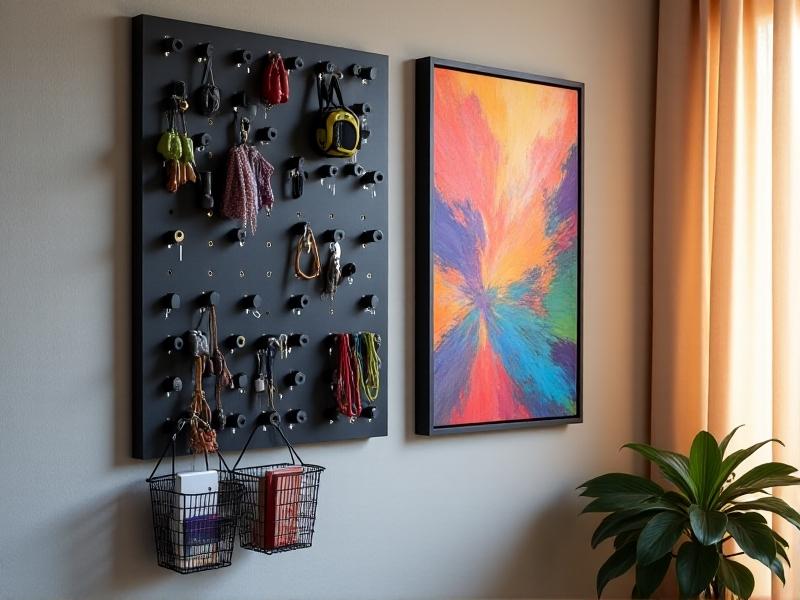
Design Integration: Making Magnetic Walls Stylish
Gone are the days of utilitarian metal boards. Today’s magnetic systems come in finishes like matte black, brushed brass, or custom veneers that mimic wood or stone. Flush-mounted panels create seamless walls, while framed magnetic boards act as statement pieces. Pairing magnetic walls with floating shelves or built-in lighting enhances their visual appeal. In kitchens, matching magnetic strips to faucet finishes ties the look together. For a playful touch, magnetic wallpaper with metallic patterns adds texture. Designers also use magnetic surfaces to display rotating art collections, turning walls into evolving galleries. The key is to treat magnetic storage as part of the decor, not an afterthought.
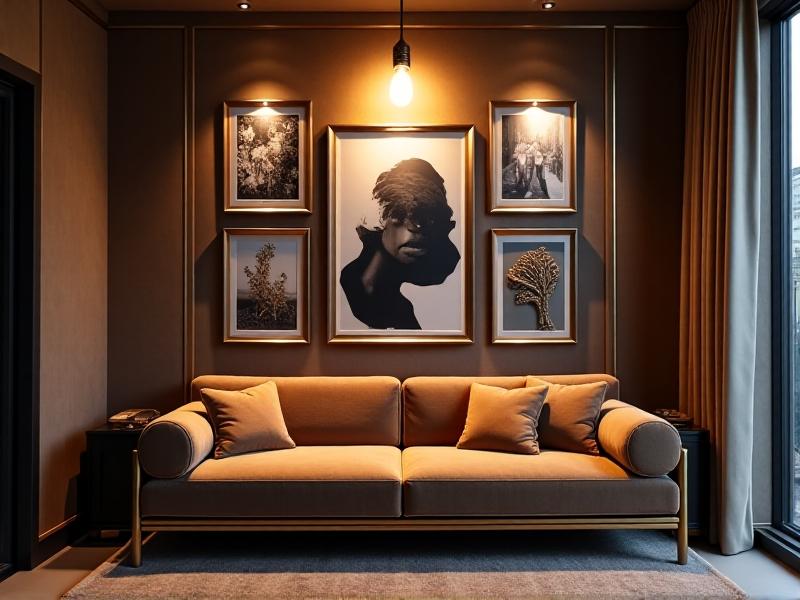
DIY Magnetic Walls: Step-by-Step Installation Guide
Creating a magnetic wall is a budget-friendly project for DIY enthusiasts. Start by selecting the right system: magnetic paint works for lightweight items, while panel kits offer stronger hold. Clean and prime the wall, then apply three coats of magnetic paint, sanding between layers. For stronger pull, attach sheet metal or galvanized steel panels using construction adhesive. Cover seams with trim for a polished look. Alternatively, mount prefabricated magnetic boards using command strips for damage-free installation. Accessorize with magnetic containers or hooks, testing weight limits to ensure stability. Always measure twice to align panels evenly and maintain a professional finish.
Magnetic Solutions for Kitchens and Home Offices
In kitchens, magnetic knife strips free up drawer space, while spice tins with magnetic lids stick to range hoods or backsplashes. Magnetic racks under cabinets hold foil and wraps. For home offices, magnetic whiteboards organize schedules and inspiration boards. Laptop stands with magnetic bases keep desks tidy, while magnetic cable clips route cords neatly. Pegboards with magnetic backings adapt to hold both tools and office supplies. Even small spaces benefit: magnetic strips inside cabinet doors store lids or measuring cups. These setups maximize efficiency without sacrificing style, proving especially valuable in multipurpose areas.
Commercial Uses: Retail, Workshops, and Classrooms
Retailers use magnetic walls to create adaptable displays, easily rearranging merchandise for promotions. Workshops rely on magnetic tool holders to keep equipment accessible and reduce tripping hazards. In classrooms, magnetic walls turn into interactive learning zones—think alphabet tiles or molecular models. Hospitals utilize magnetic boards for sterile instrument storage, while galleries embrace them for rotating exhibits. Their durability and scalability make them cost-effective for high-traffic environments. Even restaurants employ magnetic menu boards for daily specials, blending functionality with rustic charm through materials like reclaimed wood with hidden magnetic layers.
Maintenance Tips for Long-Lasting Magnetic Walls
Regularly dust magnetic surfaces with a microfiber cloth to prevent grit from scratching finishes. Avoid abrasive cleaners; use mild soap and water for stains. Periodically check panel adhesives or mounts for wear, especially in humid areas like kitchens. Rotate heavy items to prevent permanent indentations on painted walls. For steel panels, apply a thin layer of car wax to prevent rust and maintain sheen. Test magnet strength annually by gently tugging stored items. If magnetic paint loses potency, touch up with additional coats. Proper care ensures systems remain both functional and visually appealing for years.
Cost Comparison: Budget to High-End Magnetic Systems
Magnetic storage spans price points. Budget options include DIY paint ($20–$50 per wall) or adhesive sheets ($30–$100). Mid-range prefab panels ($100–$300) offer stronger magnets and sleeker designs. Luxury systems with custom sizes or materials like tempered glass can exceed $1,000. Commercial-grade solutions, such as industrial tool boards, vary by size but often start at $500. Factor in accessories like hooks or shelves, which add $10–$50 each. While initial costs might surpass traditional storage, the longevity and adaptability of magnetic systems often justify the investment, especially for growing families or businesses.
Innovations Shaping the Future of Magnetic Storage
Emerging technologies promise smarter magnetic systems. Researchers are developing "smart" magnetic walls that sync with apps to track stored items. Thin, flexible magnetic films could turn curved surfaces into storage areas. Solar-integrated magnetic panels might power LED lighting for displays. Eco-friendly options, like recycled magnetic materials, are gaining traction. In healthcare, antimicrobial magnetic coatings could enhance hygiene. Augmented reality apps may soon let users visualize layouts before installation. As sustainability and tech integration advance, magnetic storage will evolve from simple organizers to central components of smart, adaptive living spaces.

